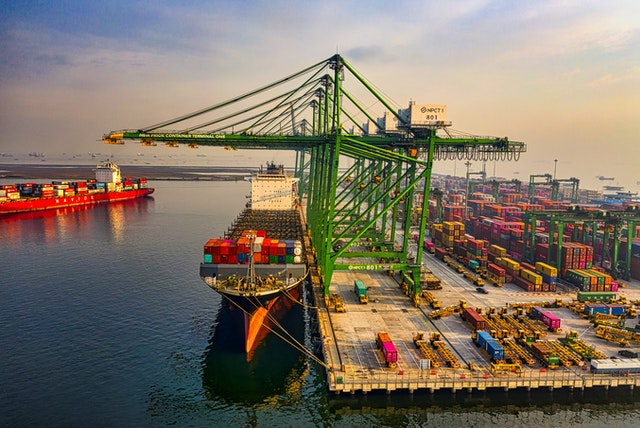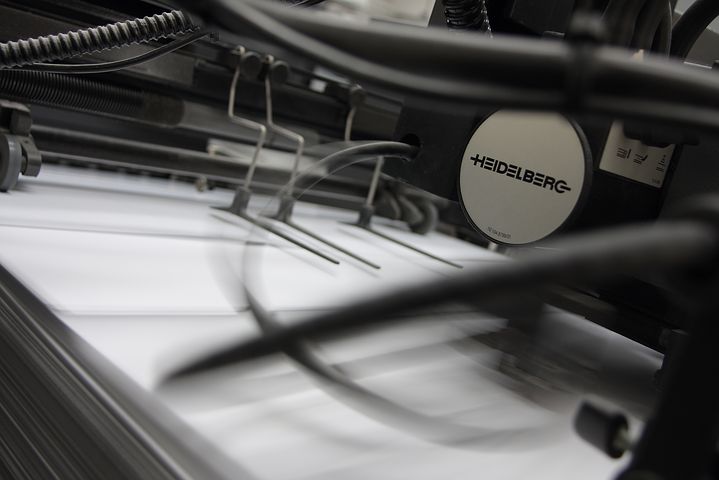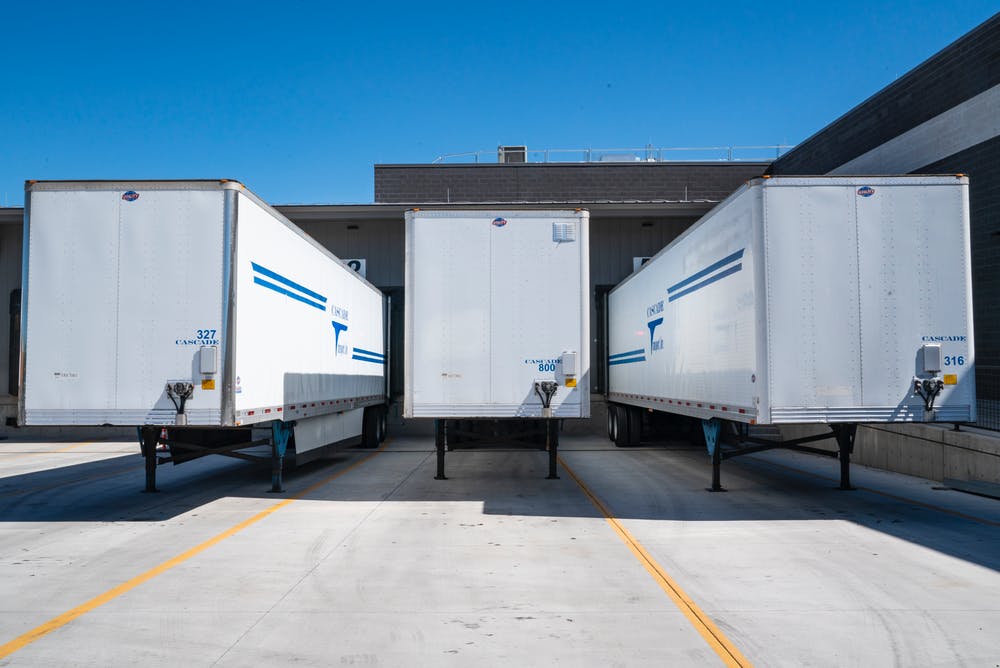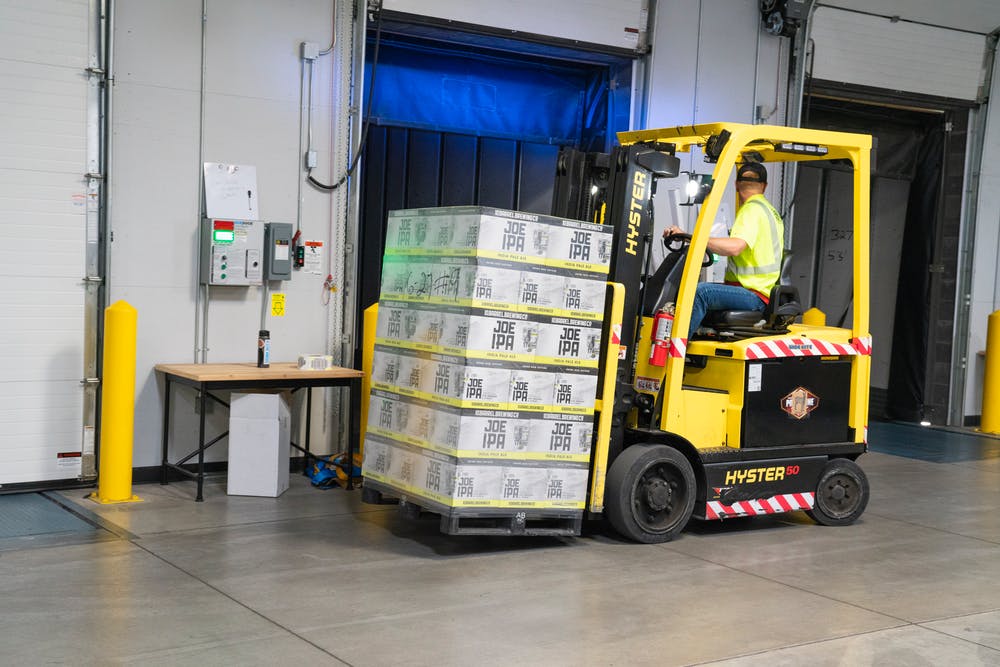The importing and exporting of stock can come across as a fairly one-dimensional exercise. Especially for enterprises that are accustomed to working in a particular fashion, why should there be a need for reflection or change?
For those outlets that partner with freight forwarding contractors, they realise that these types of exercises require an objective insight, leveraging expertise and technology in equal measure. Once they are brought into the picture, organisations understand where their shortcomings existed and what measures needed to be used to make gains in the market.
This is a chance to look at their key features and discuss why they continue to be in hot demand for businesses that live and die according to the quality of their stock control.
Running Like Clockwork
If there is one rationale behind the services of freight forwarding contractors, it will be their efficiency across the board. From the decisions around warehousing and inventory control to the partnerships with couriers, the ordering process and the clarity around staff roles and positions, there is a system that ensures key objectives are being reached. Outlets know that time is of the essence in these environments and that lost time results in lost revenue, something that cannot be sustainable for any enterprise.
Enhanced Security Measures
Shipping cargo from point A to point B carries risks. Particularly with the logistics being so sensitive, it is mandatory that there are frameworks put in place to safeguard these shipments. Freight forwarding contractors are experts in this field, utilising the best equipment and management in the business. This is a way to provide peace of mind for brands that might not have enjoyed the best experiences attempting to oversee this type of program in-house.
Customising The Right Freight Distribution Channel

Air, land or sea? This is where freight forwarding contractors can adapt their program to meet the needs of the client. Some participants will opt for a mixture depending on their stock, their contacts, their target market and the type of financial position they are working with. If there is a more efficient route that connects with stakeholders, that is an option that can be explored by the operator and their client.
Industry Compliance
Using these freight forwarding contractors allows clients to relax about compliance measures. This pertains to the disclosure of contents, of adhering to health and safety requirements, application documents, insurance provisions, tax stipulations and more. With experienced operators at hand who know the intricacies of these protocols, the business can proceed with confidence in the knowledge they are covered.
Implementation of Data & Analytics
Businesses that partner with freight forwarding contractors don’t want to just be told that there are better solutions available for their inventory control and their shipping protocols. They want to know how these operators come to those conclusions, passing over intellectual property (IP) that educates and informs staff on the ground. From software designs to database integration, they have the technology to adapt to the business environment, detailing what kind of opportunities and threats exist given the insights provided by the data.
Saving Cash
If none of these features seem overly appealing to owners and managers, then saving a lot of cash should start to intrigue participants across industry. Representatives know the best routes to take with shipments, who to partner with given the weight dynamics and how to work with bulk quantities for the sake of efficiency. It can feel like a leap of faith to partner a business with freight forwarding contractors, yet their key insights ensure that money is saved for every transaction and every order fulfilment, leveraging channels that save on the bottom line for the company.









